Topdecker
gamer level 6
7509 xp
7509 xp
followers
13
13
Use my invite URL to register (this will give me kudos)
https://boardgaming.com/register/?invited_by=topdecker
profile badges




recent achievements

Intermediate Reviewer
Review 8 games and receive a total of 380 positive review ratings.
Review 8 games and receive a total of 380 positive review ratings.

I'm a Gamin' Fiend!
Claim that you have played a game today by clicking the "Played Today!" button on a game page 200 times.
Claim that you have played a game today by clicking the "Played Today!" button on a game page 200 times.

Gamer - Level 6
Earn Gamer XP to level up!
Earn Gamer XP to level up!

I'm Completely Obsessed
Play a specific game 50 times
Play a specific game 50 times


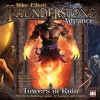

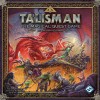





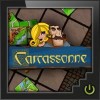
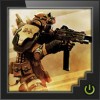






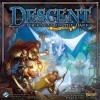

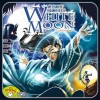


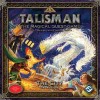



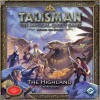
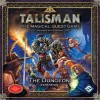




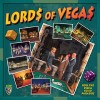







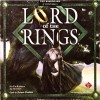









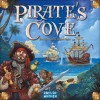










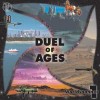


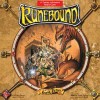
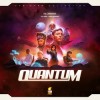


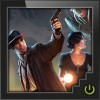




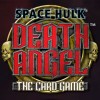










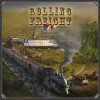

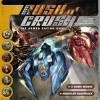




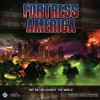


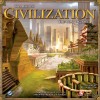

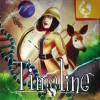
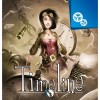






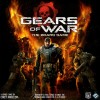
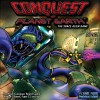

















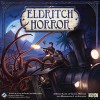









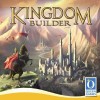
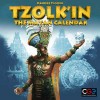



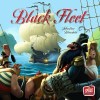

Sentinels of the Multiverse: Vengeance
I am not going to mince words too much… I got this expansion as a gift and I am sorely disappointed in it.
This expansion takes the game and changes it so that your team of heroes is fighting a team of bad guys. As a result, all of the villains are too weak for normal play (where one villain must face a team of heroes) which effectively lessens the value of this expansion, especially when it is your first and only expansion.
It annoys me to own a boxed expansion and still only have 4 villains to use with the regular rule set. Additional villains was what I _really_ had wanted in an expansion – new rules, not so much.
Of all the expansions for Sentinels of the Multiverse, this should be the last one you consider. The altered play order, intentionally impotent villains, and lengthy rule book all feel like a slightly different game – which is probably how they should have sold it.